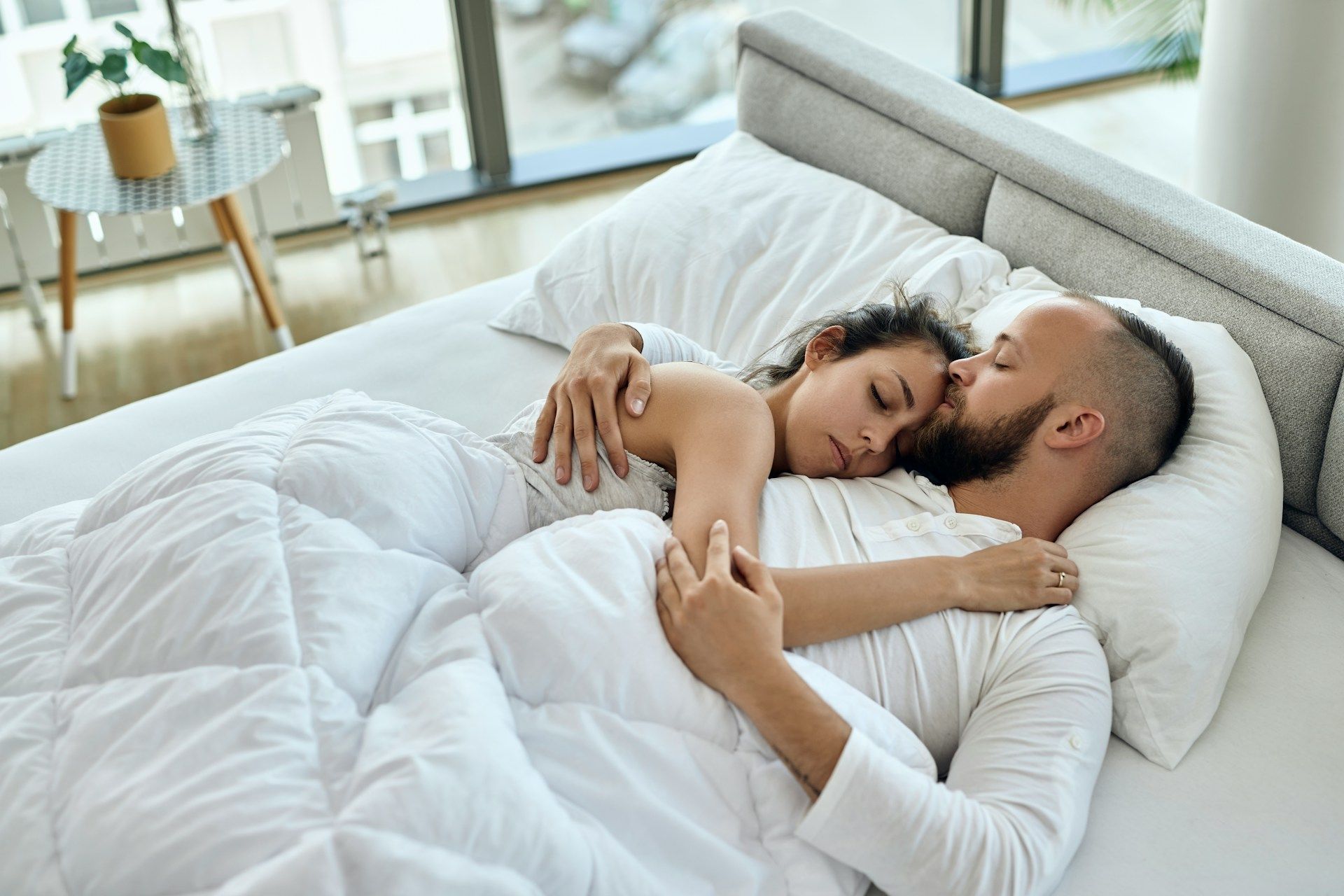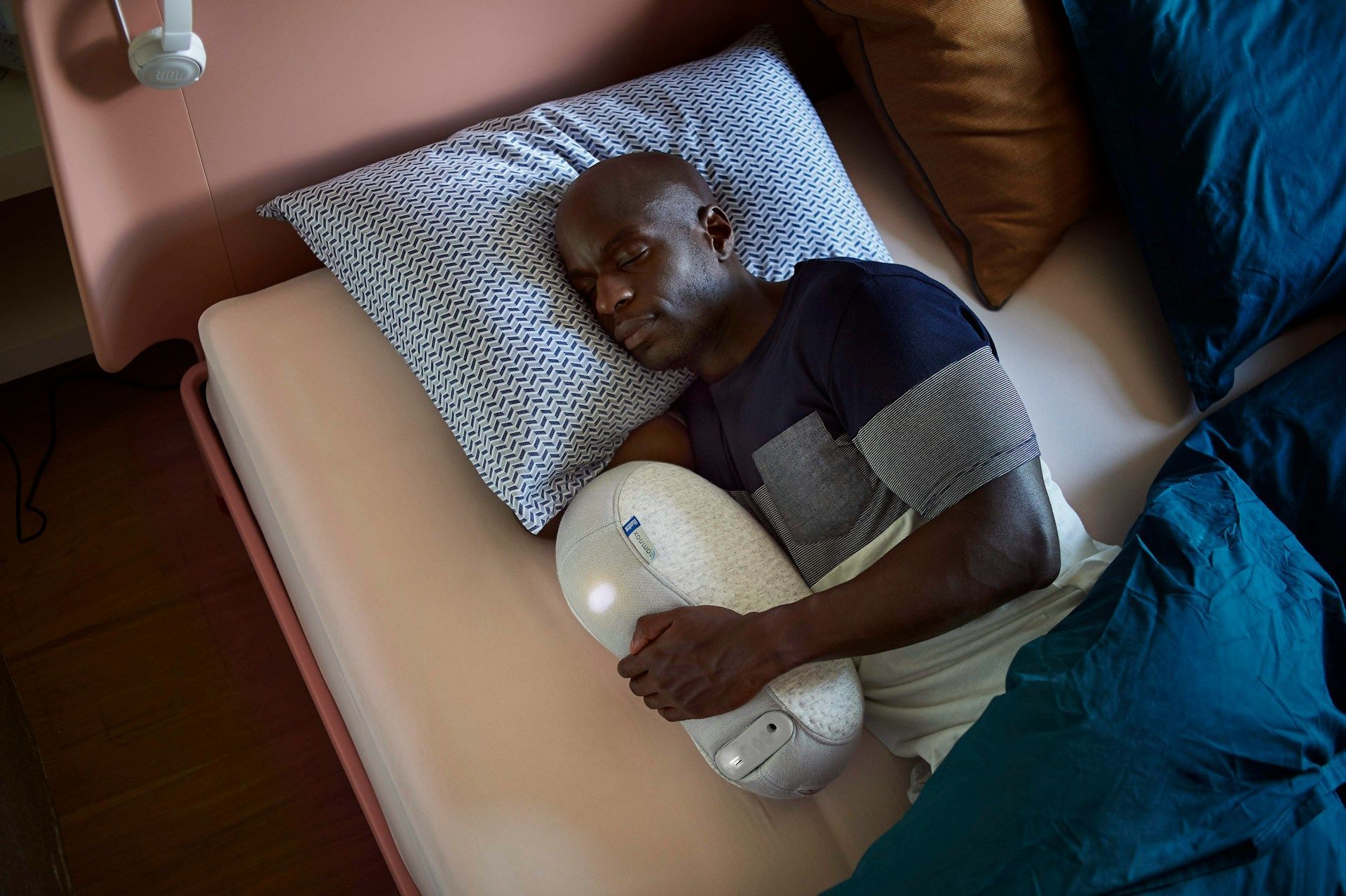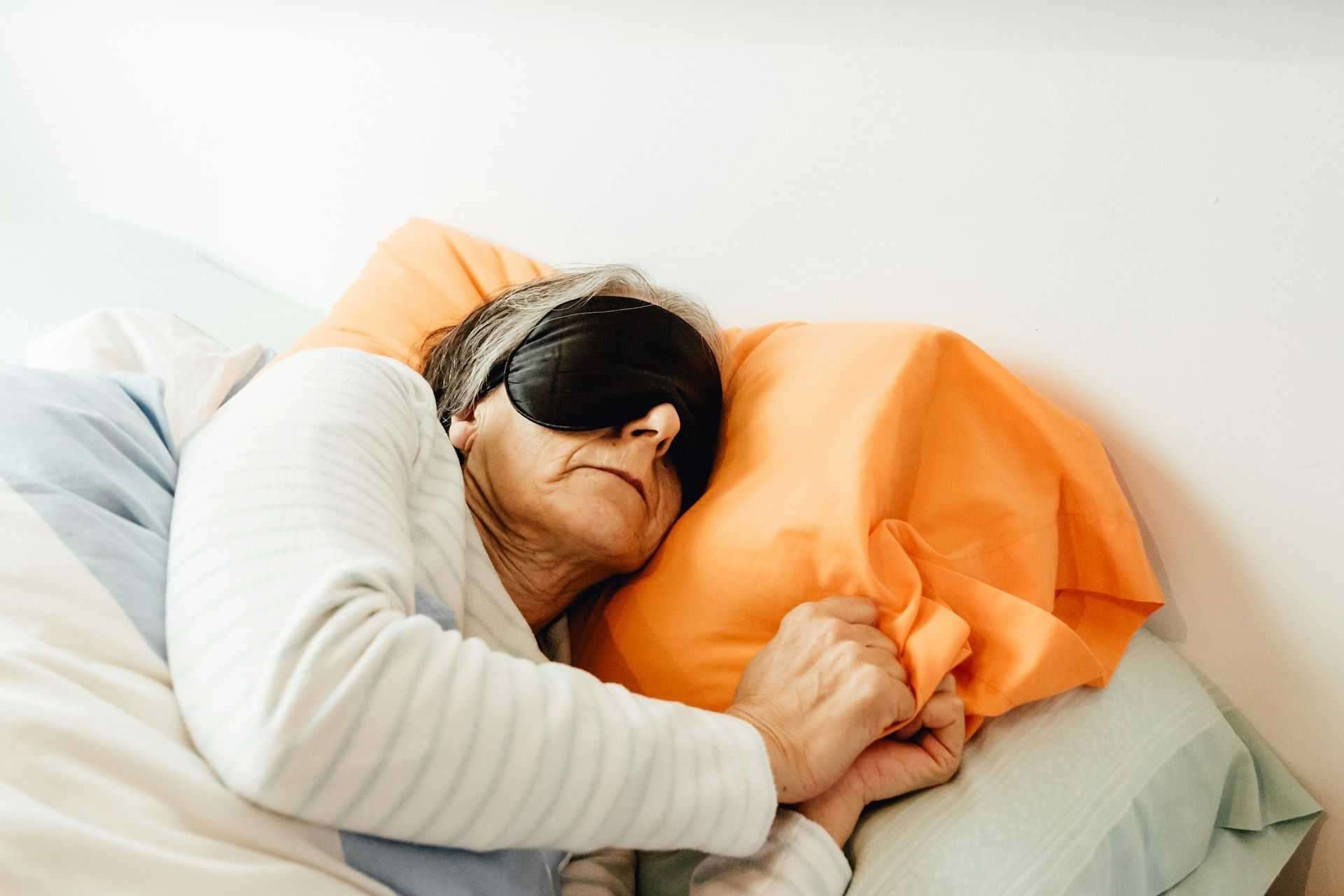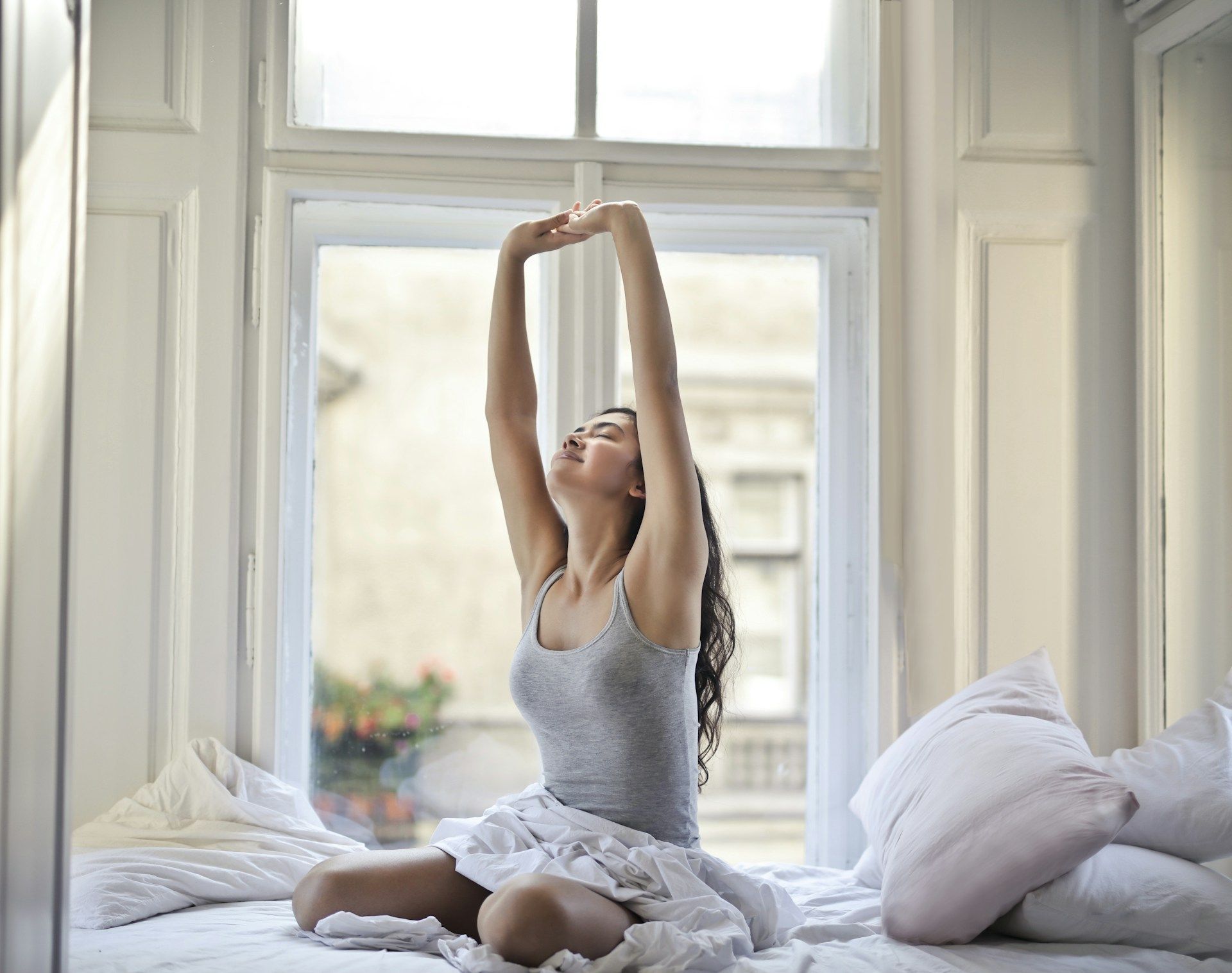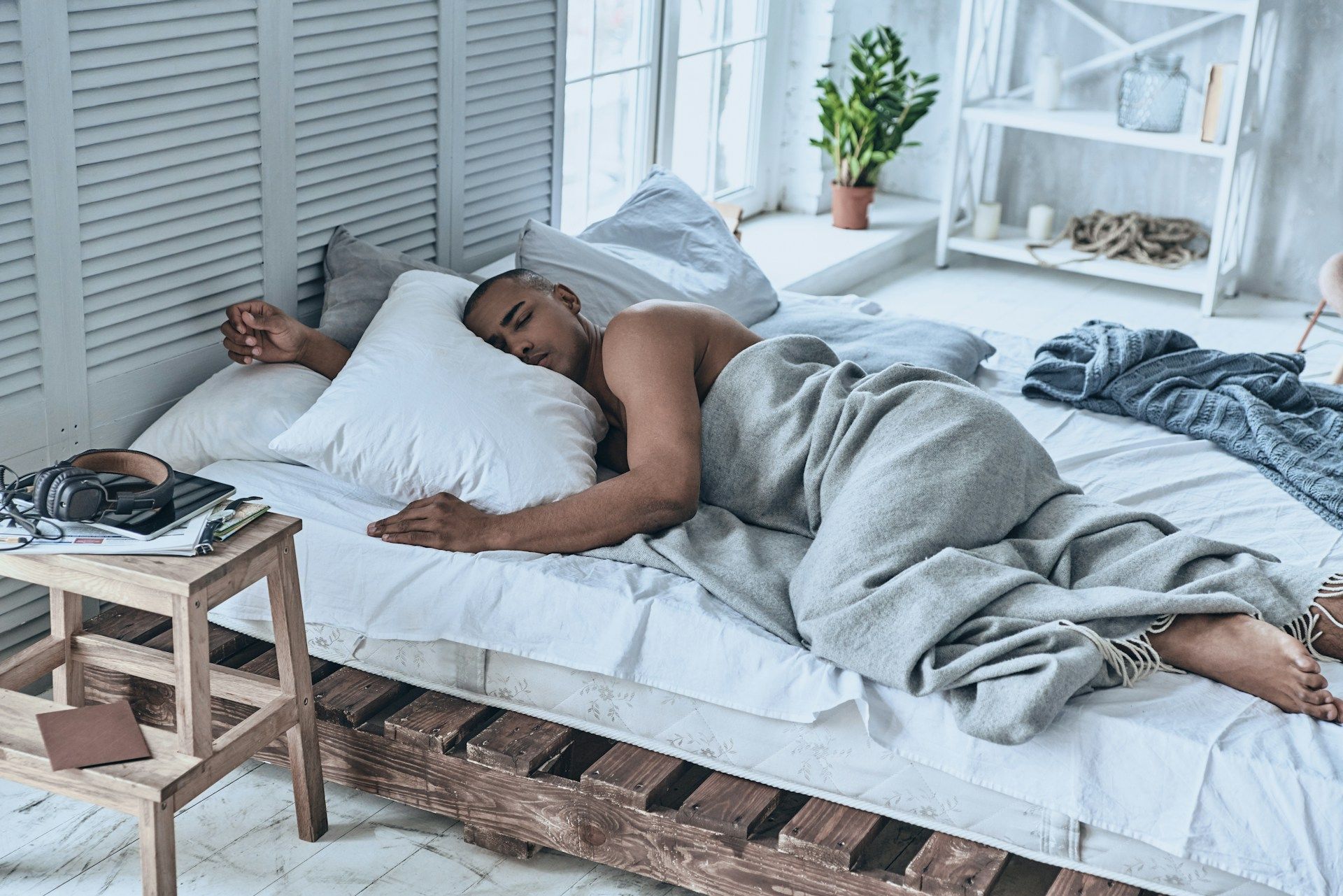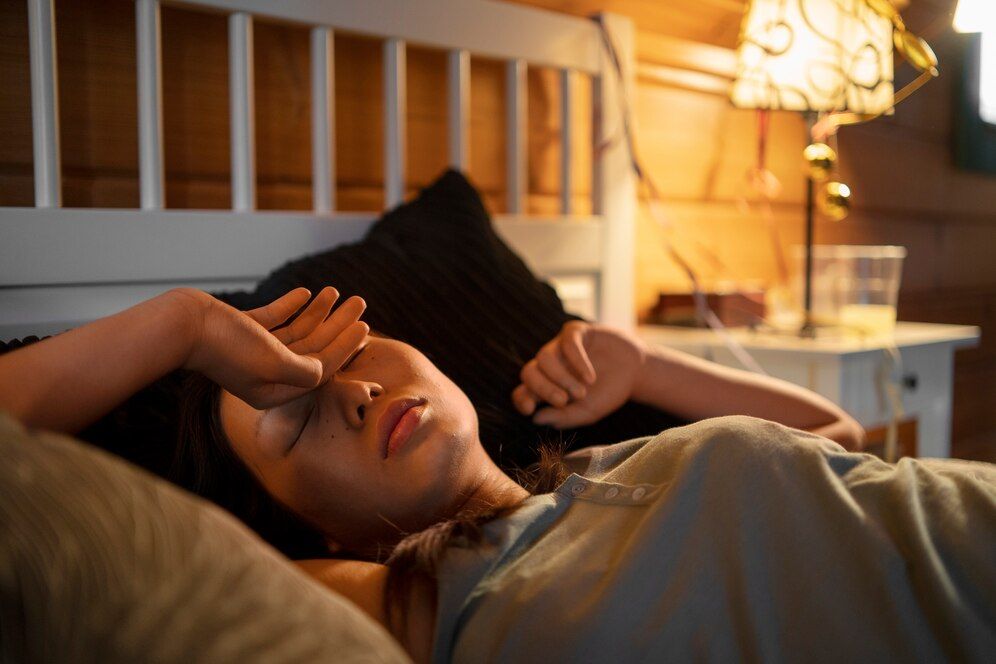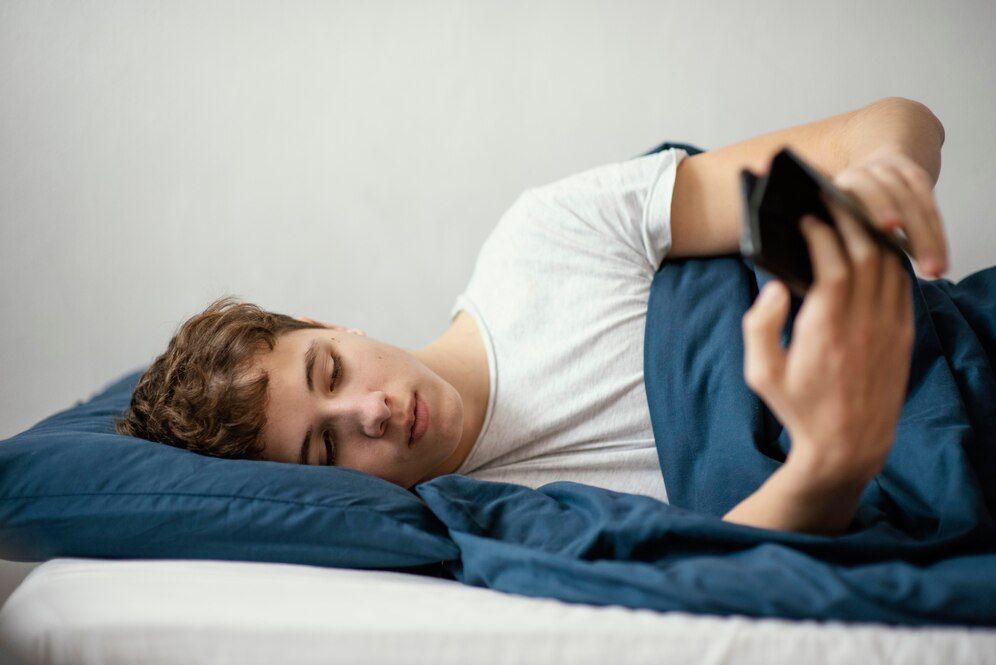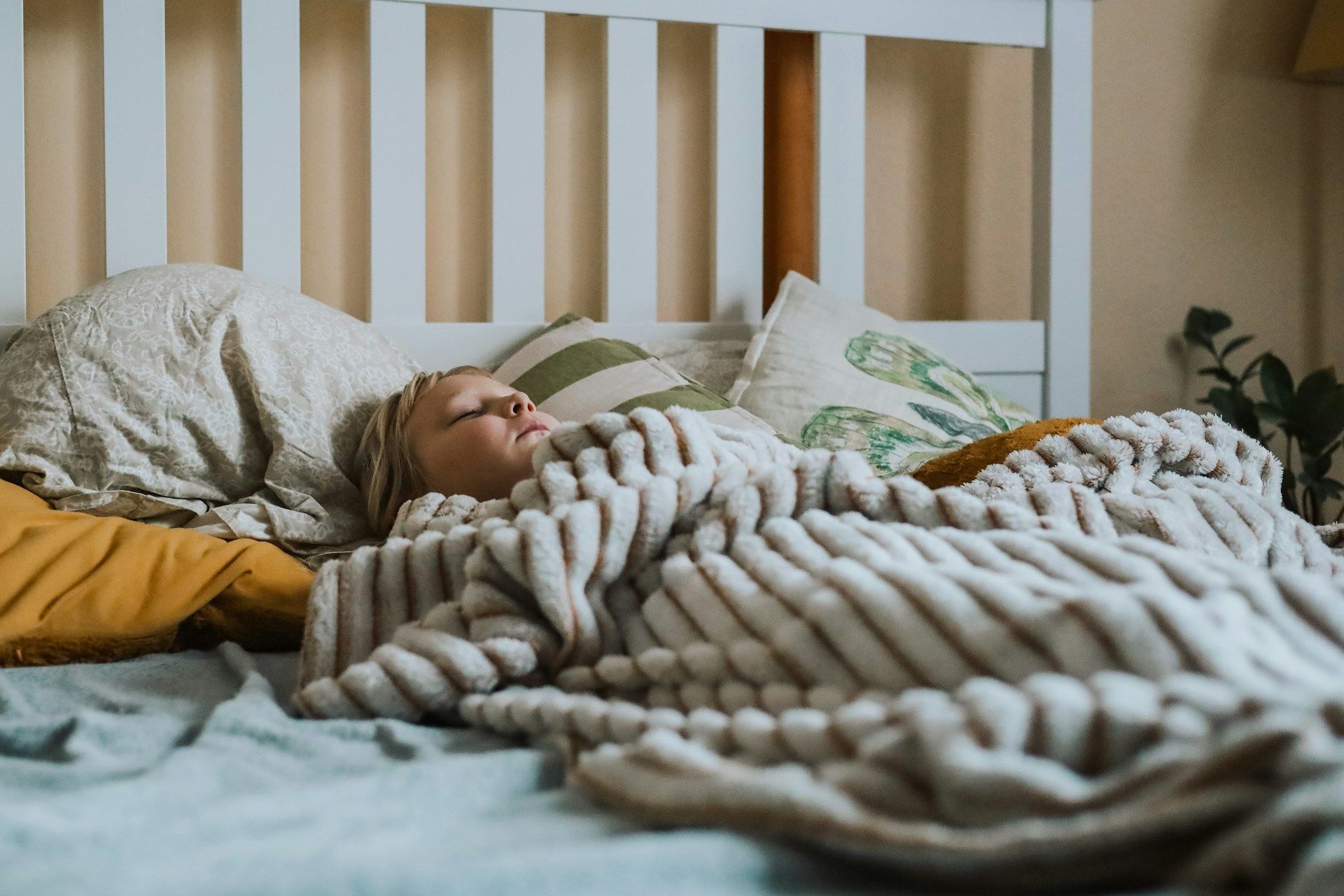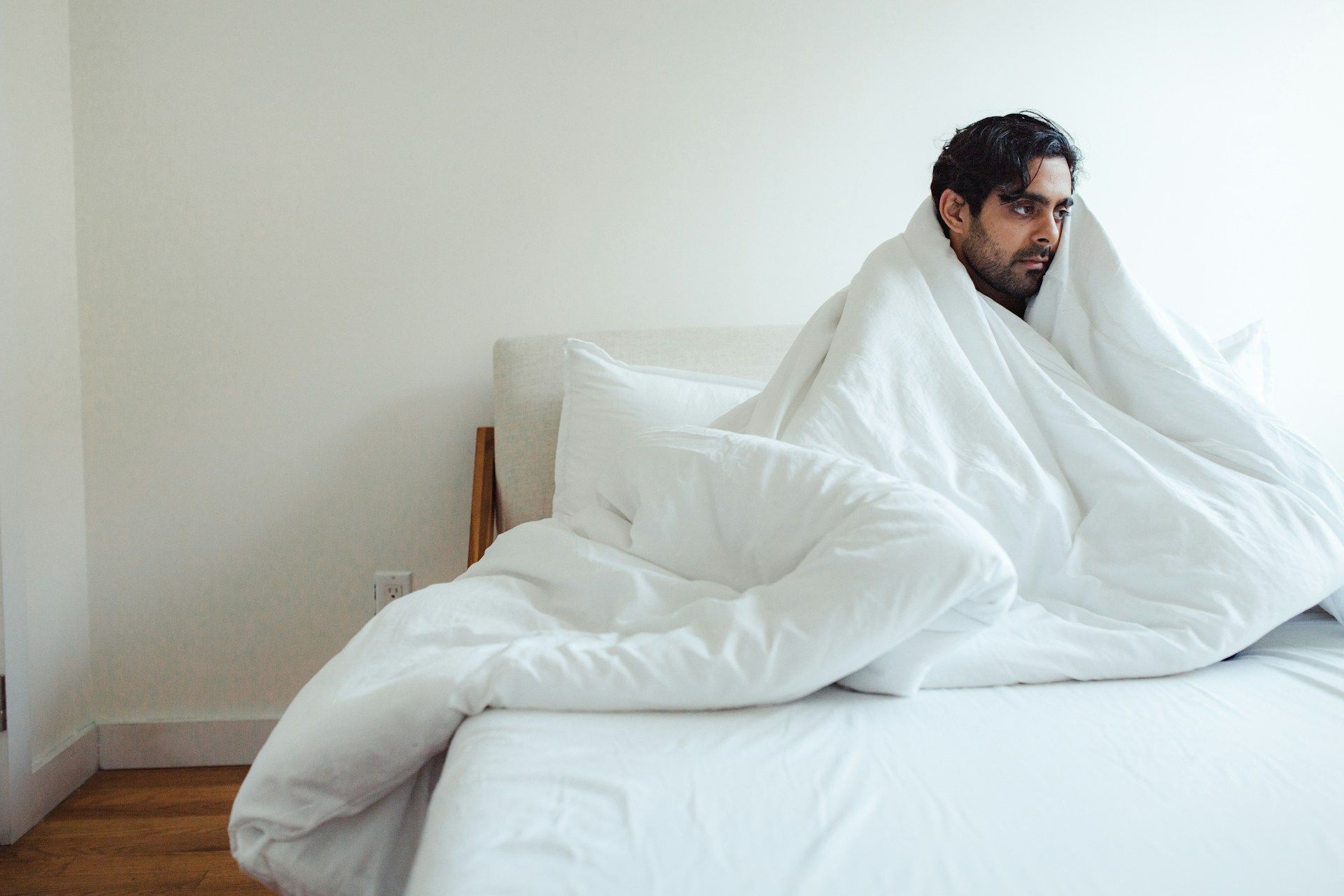Benefits of an Oral Appliance for Sleep Apnea
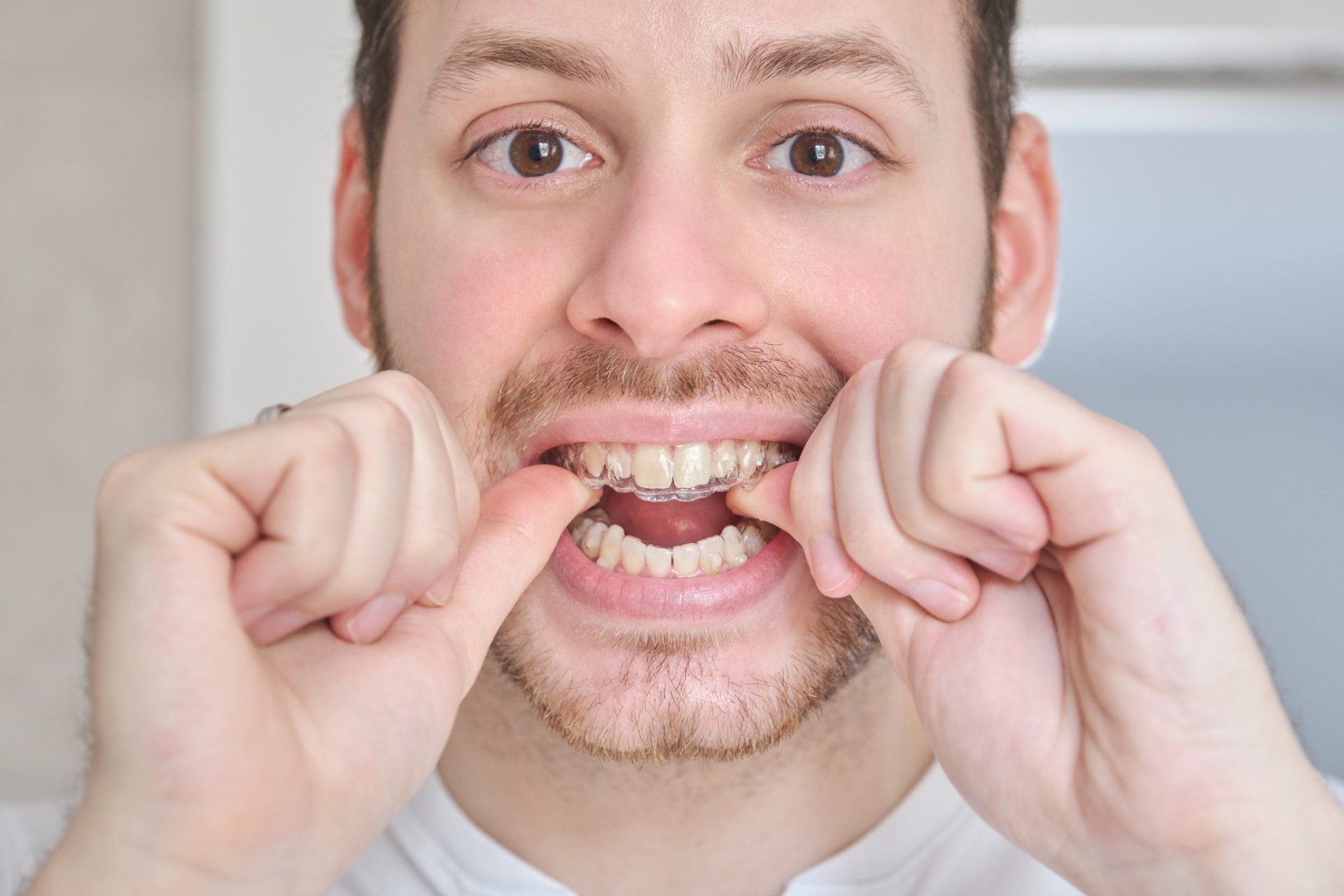
When a person's breathing is disrupted while they are asleep, they develop a serious sleep disorder known as sleep apnea. Untreated sleep apnea patients frequently stop breathing while they are asleep, sometimes hundreds of times throughout the course of the night.
Obstructive snoring (OSA)
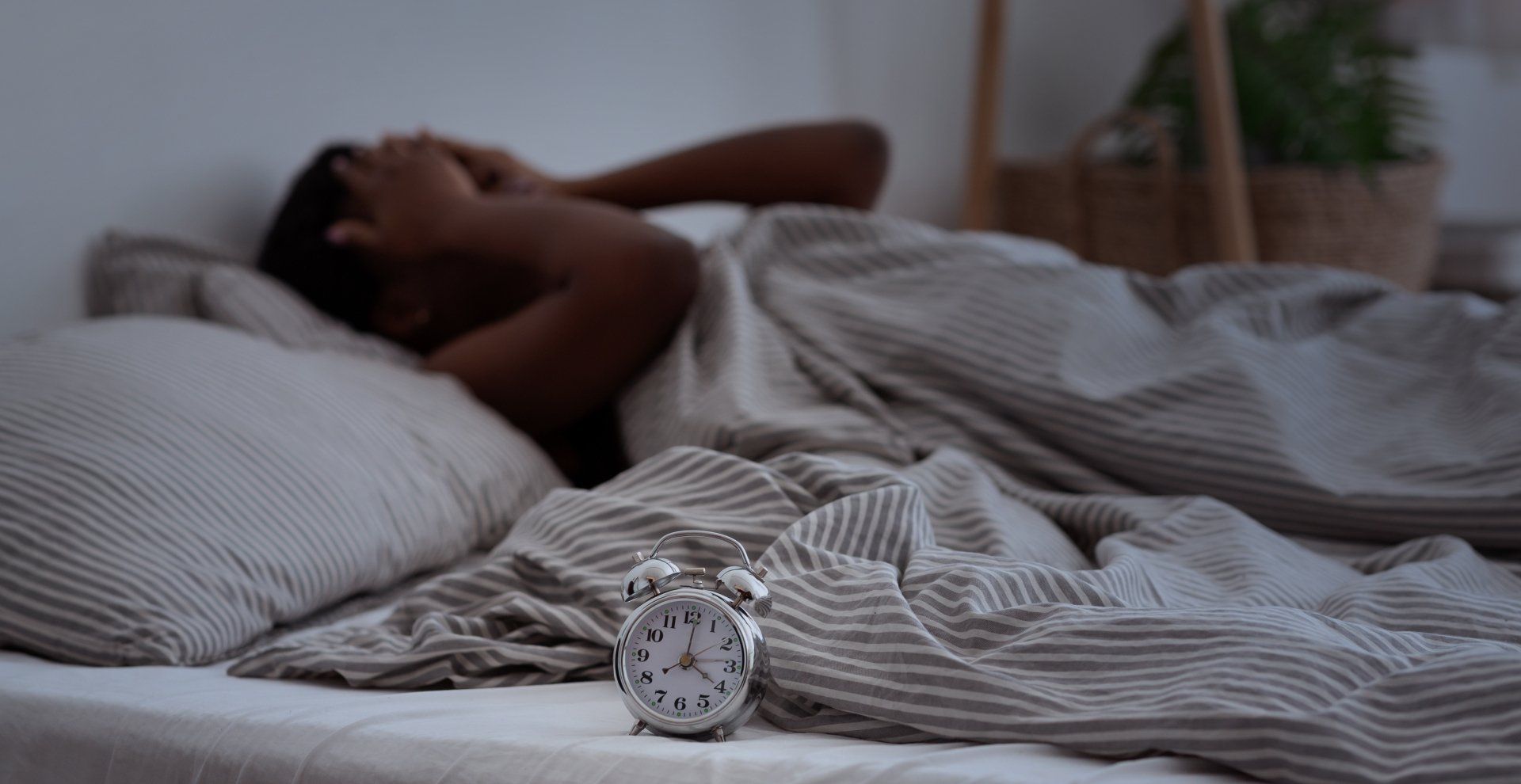
When the upper airway is partially or fully obstructed while you sleep, you get obstructive sleep apnea. The diaphragm and chest muscles labor harder to open the airway during an apnea episode as the pressure rises. Breathing frequently starts up again with a loud gasp or jolt of the body. These episodes can disrupt restful sleep, lower the amount of oxygen reaching essential organs, and lead to issues with heart rhythm.
Who is vulnerable to obstructive sleep apnea?
Nearly 10% of women and 25% of men suffer from obstructive sleep apnea. People of all ages, especially those over 40 and those who are overweight, can develop obstructive sleep apnea, including infants and young toddlers. Patients with obstructive sleep apnea frequently share certain physical characteristics and clinical characteristics. These include being overweight, having a wide neck, and having structural issues that reduce the diameter of the upper airway, such as nasal blockage, a low-hanging soft palate, swollen tonsils, or a tiny jaw with an overbite.
Obstructive sleep apnea: What causes it?
A blockage of the airway results from obstructive sleep apnea, which often happens when the soft tissue in the back of the throat compresses while you're asleep. Patients with central nervous system malfunction, such as those who have had a stroke or who have neuromuscular illnesses, are more likely to experience central sleep apnea. Additionally, people with heart failure and other types of cardiac and pulmonary disease frequently experience it.
Symptoms of sleep apnea
Frequently, your partner is the one who notices the first indications of obstructive sleep apnea (OSA) . Among OSA's most typical signs and symptoms are:
- Snoring
- Insomnia or tiredness during the day
- A feeling of gasping or choking with abrupt awakenings from sleep
- Sore throat or dry mouth when you first wake up
- impairment of the mind, such as problems paying attention, forgetfulness, or agitation
- night sweats
- Headaches
Systems in children may include
- Inadequate academic performance
- The tendency to slouch or nod off, which is frequently mistaken for laziness in the classroom
- The inability to swallow and mouth breathe during the day.
- The ribcage moves inside when you breathe in
- Unusual sleeping positions, such as kneeling while asleep or stretching your neck too far forward
- A lot of nighttime perspiration
- Abnormalities affecting cognition and behavior
- Bedwetting
What consequences might obstructive sleep apnea (OSA) have?
A multitude of health issues, including hypertension, stroke, arrhythmias, cardiomyopathy (enlargement of the heart's muscular tissue), congestive heart failure, diabetes, and heart attacks can develop as a result of obstructive sleep apnea if it is not treated. Untreated sleep apnea may also contribute to employment impairment, work-related accidents, car accidents, academic underachievement in children and adolescents, and work-related injuries.
What happens if I have OSA or obstructive sleep apnea?
You will be given treatment choices if your doctor determines that you have OSA. Generally speaking, continuous positive airway pressure (CPAP) equipment is the gold standard for treating OSA. For a variety of reasons, you may not be able to use CPAP. Oral appliance therapy, which resembles an athletic mouth guard, is an additional choice.
What is therapy with oral appliances?
Snoring and sleep apnea are treated with oral appliance therapy. When you sleep, you need to wear a removable oral appliance in your mouth. The appliance has a similar fit to a mouth guard for sports or a retainer for braces.
By lifting the jaw forward or holding the tongue in place, an oral appliance keeps your airway from compressing. An oral appliance must be specially fitted for you in order to function effectively. The use of over-the-counter gadgets to treat snoring or sleep apnea is not advised.
Snoring and Sleep Apnea Center, our doctor will order a sleep study, or at-home sleep apnea test, to determine whether you have sleep apnea. A dentist can install an oral appliance for you after diagnosing you. In order to treat sleep apnea.
What kinds of oral appliances are there?
Different oral appliances can be used to treat sleep apnea. Device appearances can vary. Most belong to one of two categories:
These oral appliances, known as mandibular repositioning devices, shift your lower jaw slightly forward and downward to keep your airway open as you sleep. These oral appliances are the most popular ones.
Devices that hold your tongue in place so that your airway remains open are known as tongue retention devices.
How is sleep apnea treated by dental appliances?
Many individuals who cannot or do not want to undergo CPAP therapy can benefit from oral appliances fitted by experienced dentists. They are available in a wide range of designs. However, they are often created to order. The primary goal of the dental appliance is to maintain the airway's open position throughout sleep in order to prevent it from collapsing and obstructing the natural passage of air during breathing. For the majority of patients, dental devices should be used as a backup strategy rather than as a replacement for PAP therapy.
According to a study that was published in the European Respiratory Journal, dental appliances were an efficient form of treatment that greatly reduced patients' sleep apnea. Additional studies supported the effectiveness of oral appliances.
What advantages does Oral appliance for sleep apnea have
Many of the same beneficial properties as CPAP are available with oral appliance therapy for mild to moderate sleep apnea. You can lower your risk of heart disease, stroke, and diabetes by getting treatment for your sleep apnea. Additionally, your daytime focus, emotional stability, and alertness will all increase.
Oral appliance therapy also offers the following extra advantages:
Because they can be simple to wear, oral appliances are preferred by certain patients. It typically takes a few weeks for people to get acclimated to sleeping with an oral appliance.
An oral device for sleep apnea is compact and portable, making it simple to travel with your sleep apnea therapy. Oral appliances, as opposed to CPAP, are compact enough to travel with you in a handbag or carry-on.
An oral appliance for treating sleep apnea effectively works for people who travel frequently or need a non-generator choice for camping.
Excellent for use in conjunction with PAP therapy, especially for individuals who really require it. In this scenario, the patient might be given a mouthpiece for sleep apnea to use in conjunction with PAP therapy. The PAP pressure doesn't need to be as high to keep the airway open when an oral appliance prevents the jaw from rolling backward while sleeping and closing it. The comfort of PAP therapy may significantly improve as a result of the lower pressure.
CPAP equipment might be more affordable. Oral appliances are typically covered by health insurance.
The dentist will take an impression of your teeth and determine whether you are a candidate for this procedure. After creating the device, the dentist will contact you to schedule a fitting. After the appliance is taken out, you will also be given a morning repositioned to correct your bite. You will receive instructions from him or her on how to operate and maintain the equipment. Additionally, you might need to return to the dentist for additional personalized modifications to improve care. It is advised that you take another sleep test after receiving care to see how well the appliance is performing for you. Additional modifications might be required.

